Can artificial intelligence help prevent heart failure?
Depending on its application – and your opinion – advances in artificial intelligence (AI) can seem impressive, daunting or both! Though AI raises many thought-provoking questions about its use and potential, researchers all over the world are finding many positive uses for AI that are likely to benefit humanity greatly. One such researcher, Dr Linwei Wang from the Rochester Institute of Technology in New York, USA, is using AI to develop new and innovative ways of detecting heart disease.
TALK LIKE A COMPUTER SCIENTIST
Artificial intelligence (AI) — the ability of a machine or computer to perform tasks that would usually only be possible for an intelligent being, like a human
Cardiac output — the amount of blood that a heart is able to pump per minute
Electrocardiogram — a test that records and displays the heart’s electrical activity
Heart failure — the inability of a heart to pump blood around the body
Myocardial scarring — scarring in the heart muscle tissue, commonly caused by heart attacks
Ventricular tachycardia — an abnormality in the rhythm of the heart causing the lower chambers to pump too quickly
Artificial intelligence (AI), has been making headlines recently, and not necessarily for the right reasons. In April 2023, AI was used to create a counterfeit pop song that simulated the voices of Drake and The Weeknd, sparking a huge debate around AI and copyright laws. Around the same time, the judges of a major photography competition organised by Sony were duped into giving first prize to an AI-generated photograph.
The debate around AI has taken on a new significance since the launch of ChatGPT, a revolutionary new chatbot that is able to write essays, compose poetry and even code brand-new websites. A group of computer scientists and tech moguls, including Elon Musk, have penned an open letter asking for research into this type of AI to be paused as it may “pose profound risks to society and humanity ”.
Whilst some forms of AI are threatening to cause widespread disruption, others are being used to help make our lives better. In the field of biomedicine, for example, a different type of AI is being used to help predict and detect medical conditions in a number of innovative ways. Dr Linwei Wang, from the Rochester Institute of Technology in New York, USA, has been working with medical professionals to develop new methods for detecting heart disease.
What is in-home monitoring?
In-home monitoring devices are used to detect the symptoms of heart disease from within a patient’s own home. Using these devices, physicians can detect the symptoms at an earlier stage, allowing them to be proactive and provide preventative care. This is especially important because heart disease is one of the leading causes of death worldwide.
Many new in-home devices are wearable, meaning that patients can be monitored continuously as they move around the house.
However, one downside to these wearable devices is that patients must remember to put them on. After an initial period of interest, many patients begin to forget, or simply stop bothering, to wear their device.
What is Heart Seat?
Linwei has been developing the AI for a new in-home monitoring device called Heart Seat. This innovative device takes the place of something that we all use every day: a toilet seat. “Integrating sensors into a toilet seat has the unique advantage of being truly inconspicuous,” explains Linwei. Patients will no longer have to remember to wear their device or charge it up before use; all they need to do is go to the toilet.
As a patient sits on the toilet, Heart Seat will capture a lot of data. As well as measuring the patient’s weight, it will monitor the electrical activity in their heart, providing information on their heart rate and heart rate variability. The seat also has sensors which can detect the amount of oxygen in a patient’s blood or the amount of blood being pumped out of their heart every minute, otherwise known as their cardiac output.
These data can be used by clinicians to predict whether a patient’s heart failure is worsening. If so, they will be able to provide preventative treatment and, hopefully, help the patient avoid hospitalisation.
How effective is Heart Seat?
The initial trials are still ongoing. Forty patients have completed a 90-day study, while 20 studies are still underway. Even so, initial analyses of the data shows that even very simple variables, such as heart rate and seated weight, can be used to predict when a patient needs to be hospitalised.
What is challenging about the Heart Seat project?
This project is a huge team effort, and many people from a whole range of fields and disciplines are involved. For example, Linwei has been collaborating with other computer scientists, as well as engineers, clinicians and designers. This means collaborating not only with other academics, but also with medical and industry professionals. Co-ordinating so many people from so many different backgrounds can be very difficult.
Another challenge involves the more practical side of the project. “Deploying new technology in everyday environments can pose many unexpected challenges,” says Linwei. For example, as with all new technologies, not every device works perfectly every time. Some cannot be installed properly, and others malfunction when collecting and uploading the data. It is a dynamic project with many moving pieces, so the researchers often have to learn as they go.
What are the next steps for the Heart Seat project?
Once the initial trials are complete, Linwei will develop a new AI model based on the data that are collected. This model will use Heart Seat data to predict when a patient is at risk of their heart condition worsening. In the second phase of trials, the AI will send an alert to a patient’s physician when it detects a risk. The physician will then be able to review the patient’s data and decide on the most appropriate treatment. The hope is that this AI will speed up the delivery of treatments and reduce hospitalisation rates.
What else is Linwei working on?
Linwei is working on another project which involves an imaging technique that is used to detect the causes of ventricular tachycardia (VT), a type of abnormal heartbeat. VT occurs when an electrical short-circuit inside the heart causes the lower chamber to pump too quickly. This makes it much harder for the heart to pump oxygenated blood around the body. These short-circuits are caused by scars within the heart’s muscle tissue called myocardial scars. In some of these scars, narrow strips of muscle are still alive. These channels of surviving tissue can conduct electrical signals which occasionally cause the short-circuits that cause VT.
How is ventricular tachycardia usually treated?
One of the most common treatments for VT involves identifying the narrow channels of living tissues within scars and destroying them. However, determining which channels to destroy is a very complicated process.
One method involves deliberately putting patients into a state of VT and then mapping their heart activity. This can provide a relatively clear picture of which channels need to be destroyed; however, very few patients can tolerate VT long enough for the mapping to be completed. Other methods exist, but they are less accurate and do not provide the clinicians with much detail.
How is Linwei aiming to improve this process?
Reference
https://doi.org/10.33424/FUTURUM398
Linwei hopes that her new process will be able to provide clinicians with an accurate map of VT in each patient. Crucially, Linwei’s process does not require the patients to undergo induced VT. Instead, it uses a technique known as ECGi, which uses computer modelling to combine geometric data of a patient’s heart and torso with results from an electrocardiogram, a test that measures electrical signals in the heart.
Normally, ECGi requires the use of computerised tomography (CT) or magnetic resonance imaging (MRI) scans (that use X-rays and magnetic fields respectively) to acquire the geometric data, so it is not normally used to treat VT. These scans often slow down the treatment process and put the patients under significant strain, which many of them are too ill to tolerate.
For her research, Linwei has developed an ECGi system that uses a 3D camera to provide the geometric data needed for the process to work. This replaces the need to use CT or MRI scanners, which significantly simplifies the workflow.
What are the next steps?
Linwei’s next aim is to develop an AI model which can provide more detailed maps of the critical components within a scar that cause VT. The idea is to guide AI with rich knowledge about the physiology underlying the patient’s VT. Linwei’s work reminds us that AI is a tool that can help protect us and save people’s lives.
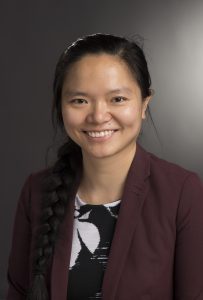 Dr Linwei Wang
Dr Linwei Wang
Rochester Institute of Technology, New York, USA
Fields of research: Computer Science, Biomedicine
Research project: Using artificial intelligence to develop new techniques for better care of heart health
Funders: US National Institutes of Health (NIH),
US National Science Foundation (NSF)
About computational biomedicine
Computer science is a huge field that is growing incredibly fast. Alongside the subfield of computational biomedicine, one of the most exciting and rapidly advancing fields in computer science is artificial intelligence (AI), which also incorporates machine learning. AI is developing at an unprecedented rate, and many predict that it has the potential to revolutionise the way we live.
AI is being used in a huge range of disciplines and industries. For example, it is being used to develop self-driving cars which could completely change how we travel, as a tool for identifying fake news on social media sites to try to stop the spread of misinformation, and even in conservation to help researchers analyse maps and data to better protect animals and wildlife.
One particularly important area in which AI is making great strides is healthcare. Linwei’s research in computational biomedicine is a perfect example of this. Using these powerful tools to support the work of medical professionals will likely help to change many peoples’ lives for the better.
How can AI support medical professionals?
As well as helping to identify and predict heart problems, AI can perform many functions that will make life easier for clinicians. Some AI tools are designed to sift through huge amounts of data and present the distilled information to medical professionals. This saves an enormous amount of time and allows clinicians to make better, more informed decisions. There are many other low-level, tedious tasks that AI can perform, freeing up time for clinicians to spend their energy where it matters most: with their patients.
What research opportunities will be open to the next generation of AI computer scientists?
AI is already very powerful, but there are lots of ways in which it could be improved. For example, AI needs to be trustworthy and fair as there are concerns that some AI systems may be biased or prone to errors. Another big step will be the creation of AI tools that are able to derive insights and draw on knowledge, rather than simply completing set tasks.
Pathway from school to computer science
• Computer science is an interdisciplinary area, and there are lots of pathways that you could follow.
• Subjects such as mathematics, physics, information technology and engineering will provide a good basis for computer science. However, other subjects such as art and design can be useful in some areas of computer science. If you are interested in specialising in computational biomedicine, studying biology would also be very useful.
• Contact local universities or colleges to see if they have any summer intern programmes in their computer science departments. An internship would give you practical experience and help you discover whether you enjoy working as a computer scientist.
• Have a look to see if there are any computer science summer schools in your local area. This is another great way to get practical experience and meet other people who share your interests.
Explore careers in computational biomedicine
• As a computer scientist, you could work in a number of fields. Most industries and professions require computer scientists these days, so there will be plenty of jobs on offer.
• The Medical Image Computing and Computer-aided Society is a great place to explore the world of biomedical computer science. It hosts online webinars and conferences, and you can sign up to a newsletter to keep up with the latest developments in the field.
• Computing in Cardiology is an annual conference dedicated to computer science research that focuses on the heart. On its website, you can find all the research that has been presented at recent conferences. Explore these papers to get a deeper understanding of the field.
Meet Linwei
What inspired you to become a scientist?
My love of problem solving!
What has led you to apply your computer science expertise to healthcare?
The tangible impact we can have on human health and well-being, and the problems we can help solve are fascinating and motivating. The various moments when I realise that what we do can solve a real problem in clinical practice are always rewarding.
What attributes have made you successful as a scientist?
Curiosity and the natural desire to solve problems. I enjoy tackling challenges and welcome them, instead of being afraid or frustrated by them. Also, I am open-minded, and I enjoy discovering new things.
What are your proudest career achievements so far?
I won the United States’ Presidential Early Career Award for Scientists and Engineers (PECASE) for my work on artificial intelligence and biomedicine. I have also developed a family-like relationship with a large group of students, including those who have graduated, which is a special reward for this career path.
What are your ambitions for the future?
I hope to be able to continue to lead my students to work on questions that we are curious about and that matter to society. I also hope that some of our current work will have a real impact on clinical practice.
Linwei’s top tips
1. Focus on your passion.
2. Don’t lose sight of what drives you.
Do you have a question for Linwei?
Write it in the comments box below and Linwei will get back to you. (Remember, researchers are very busy people, so you may have to wait a few days.)

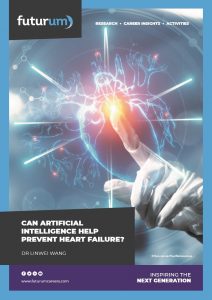

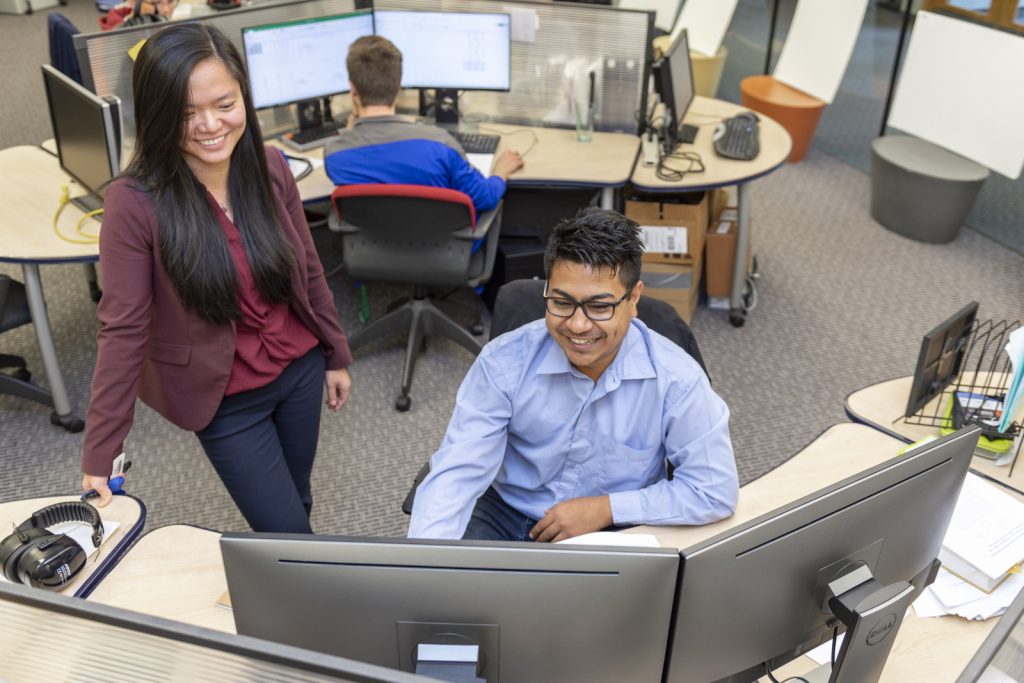
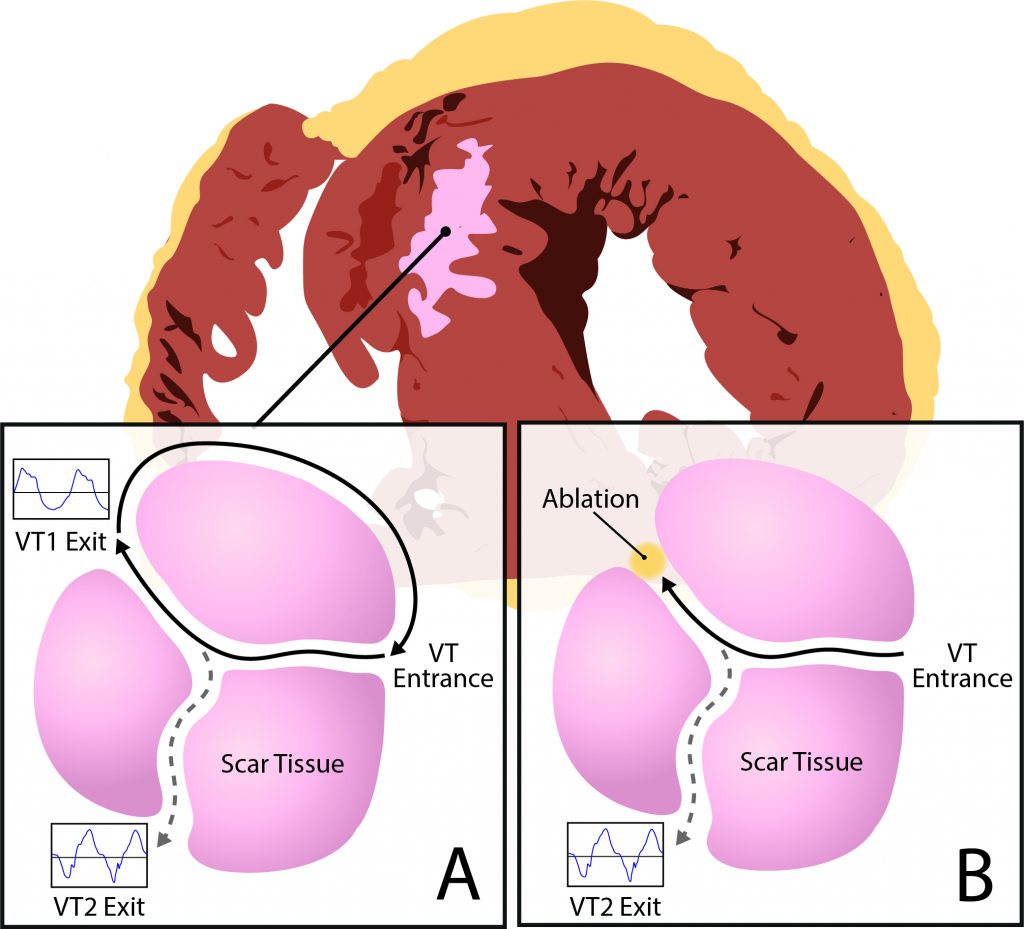
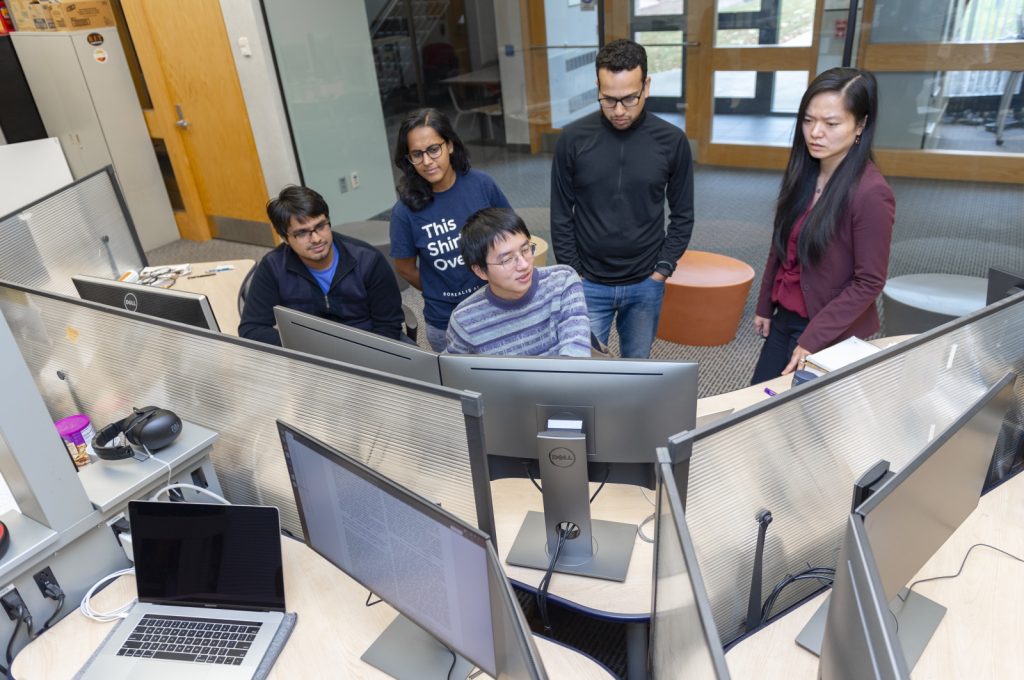


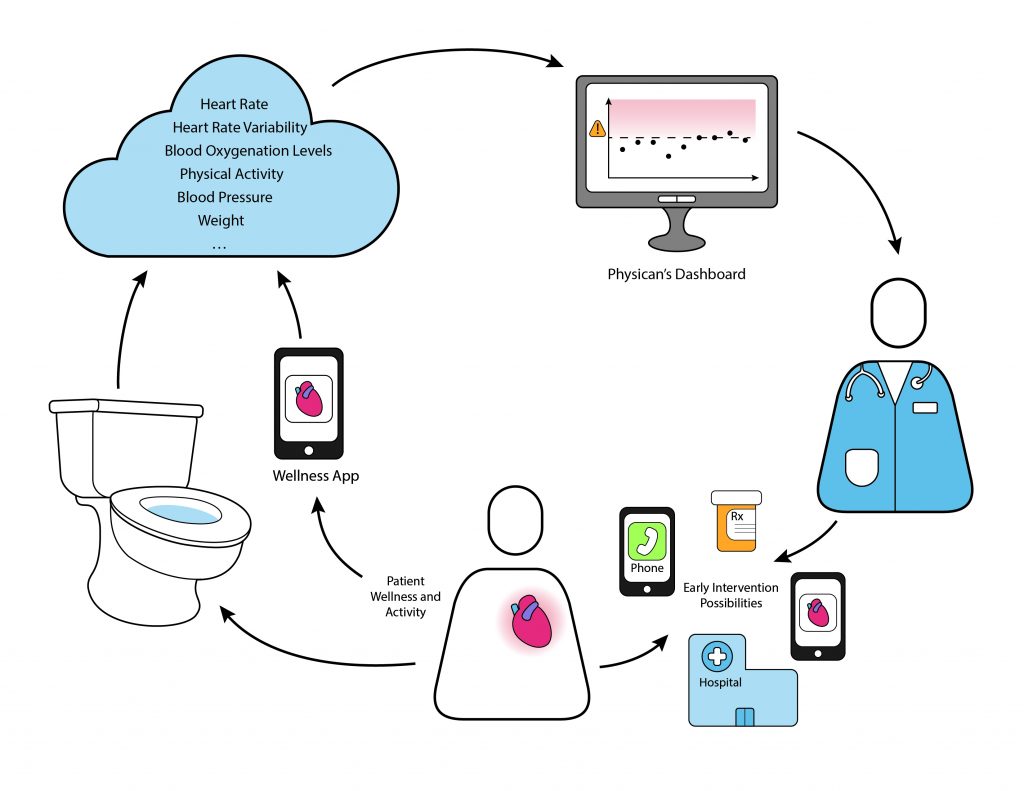


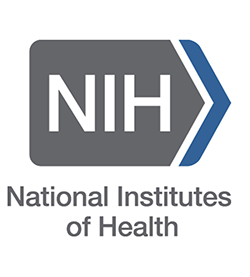
Dr Linwei, thank you so much for your research!